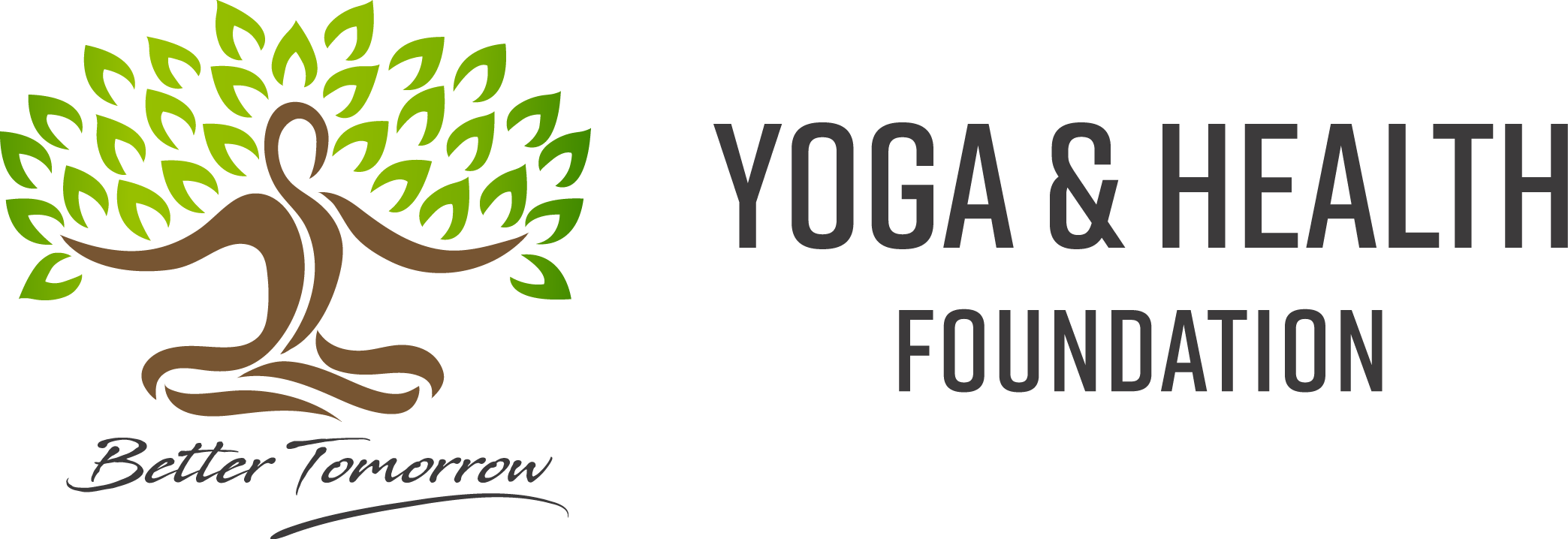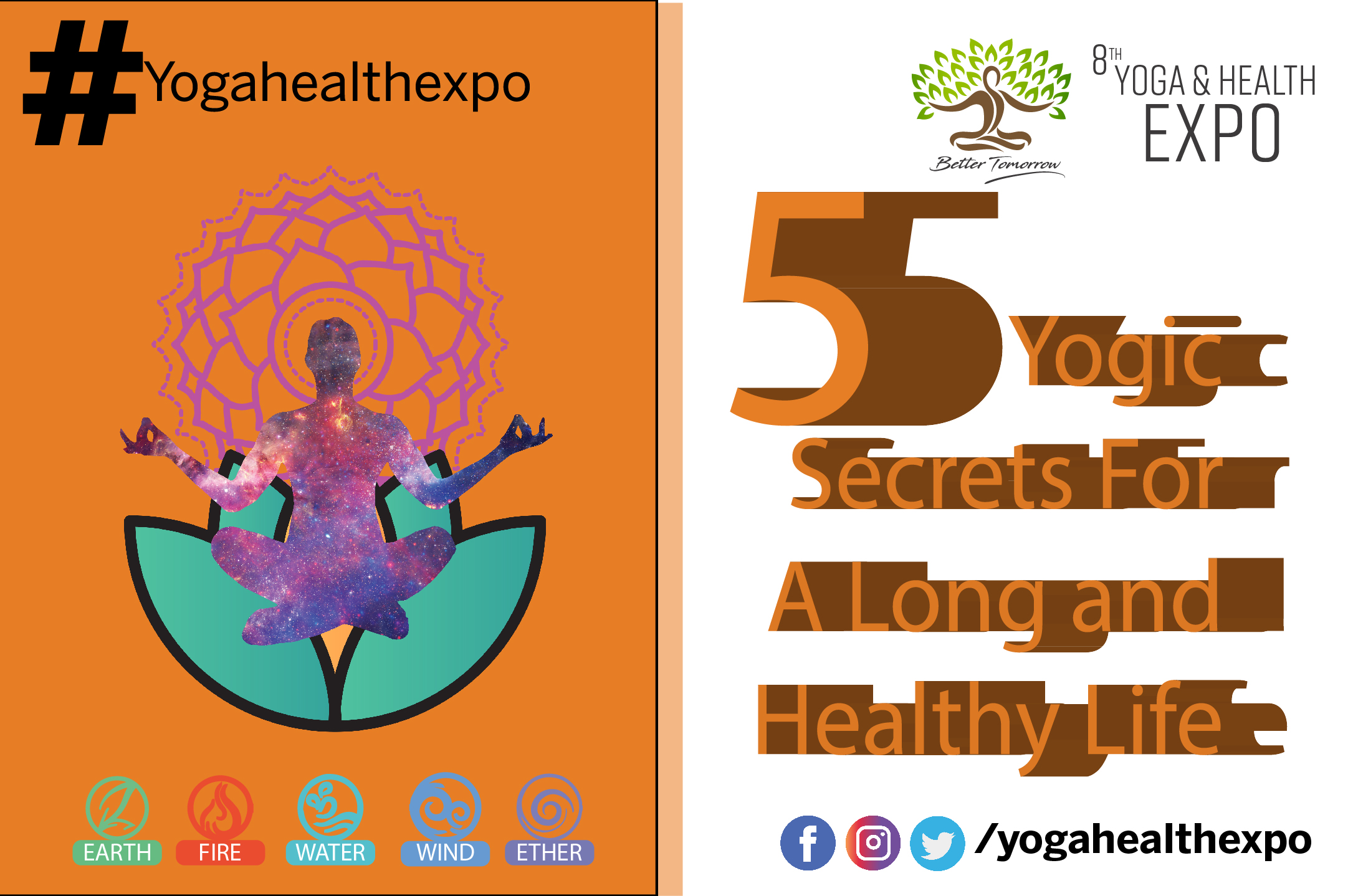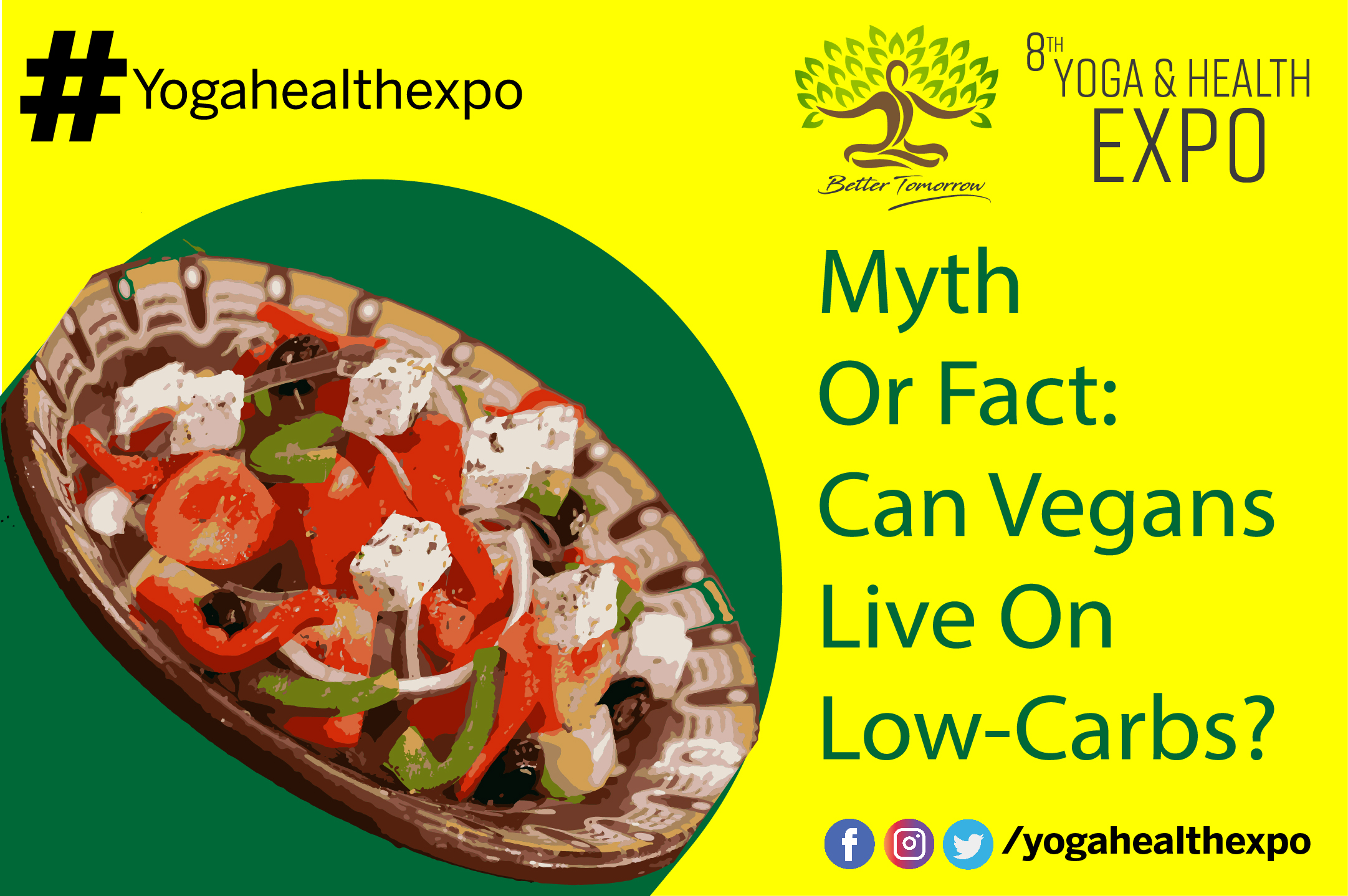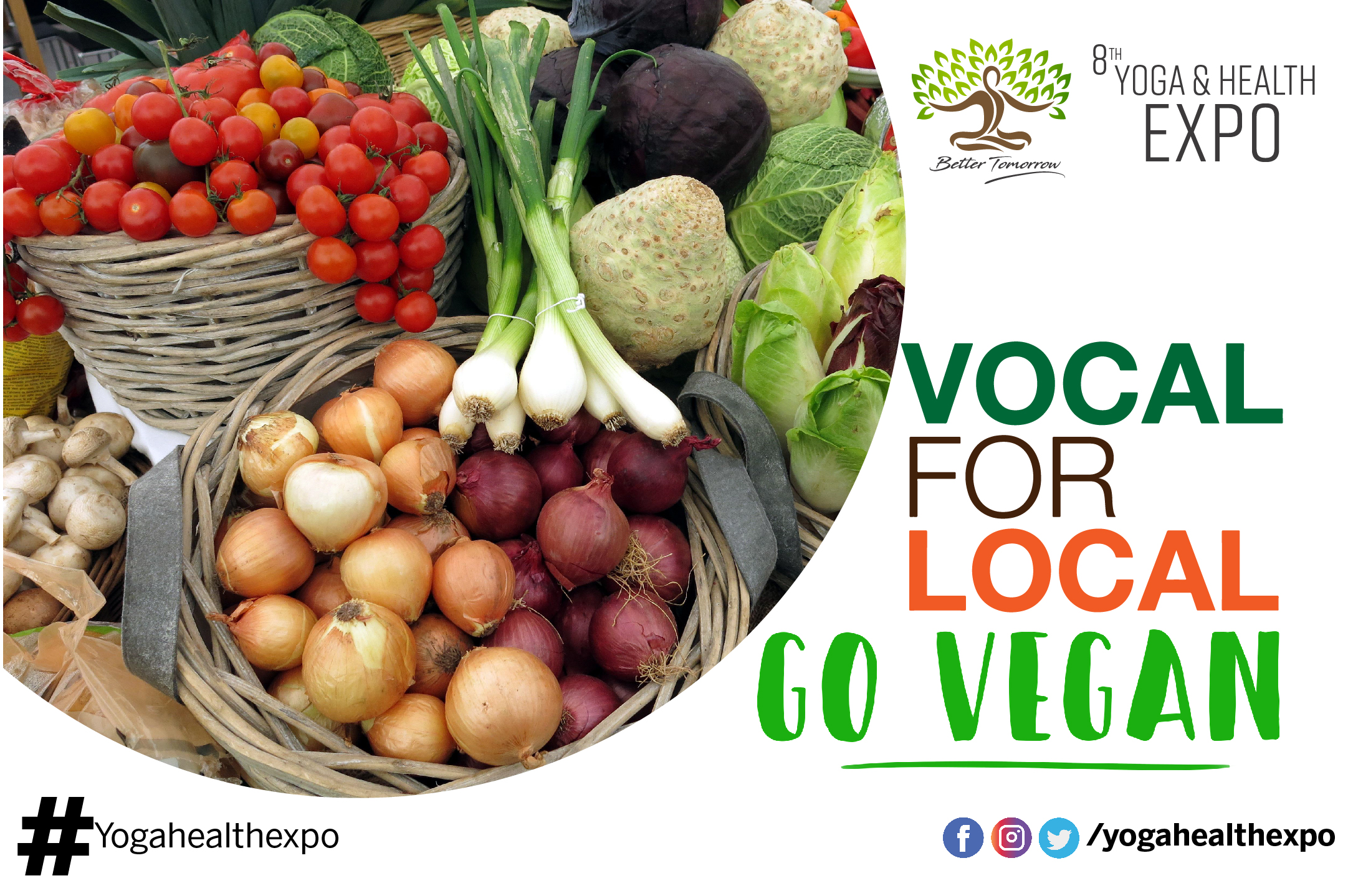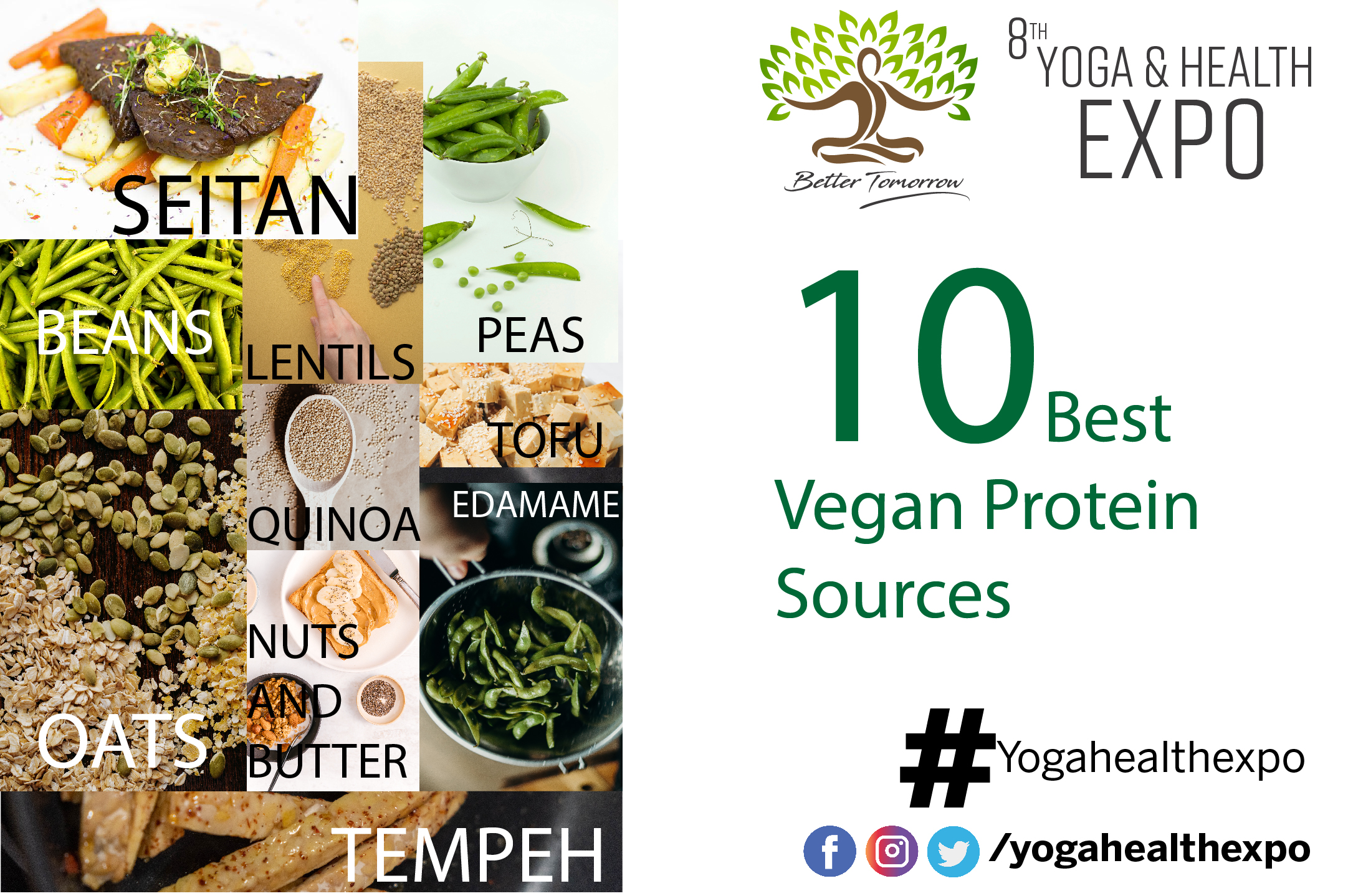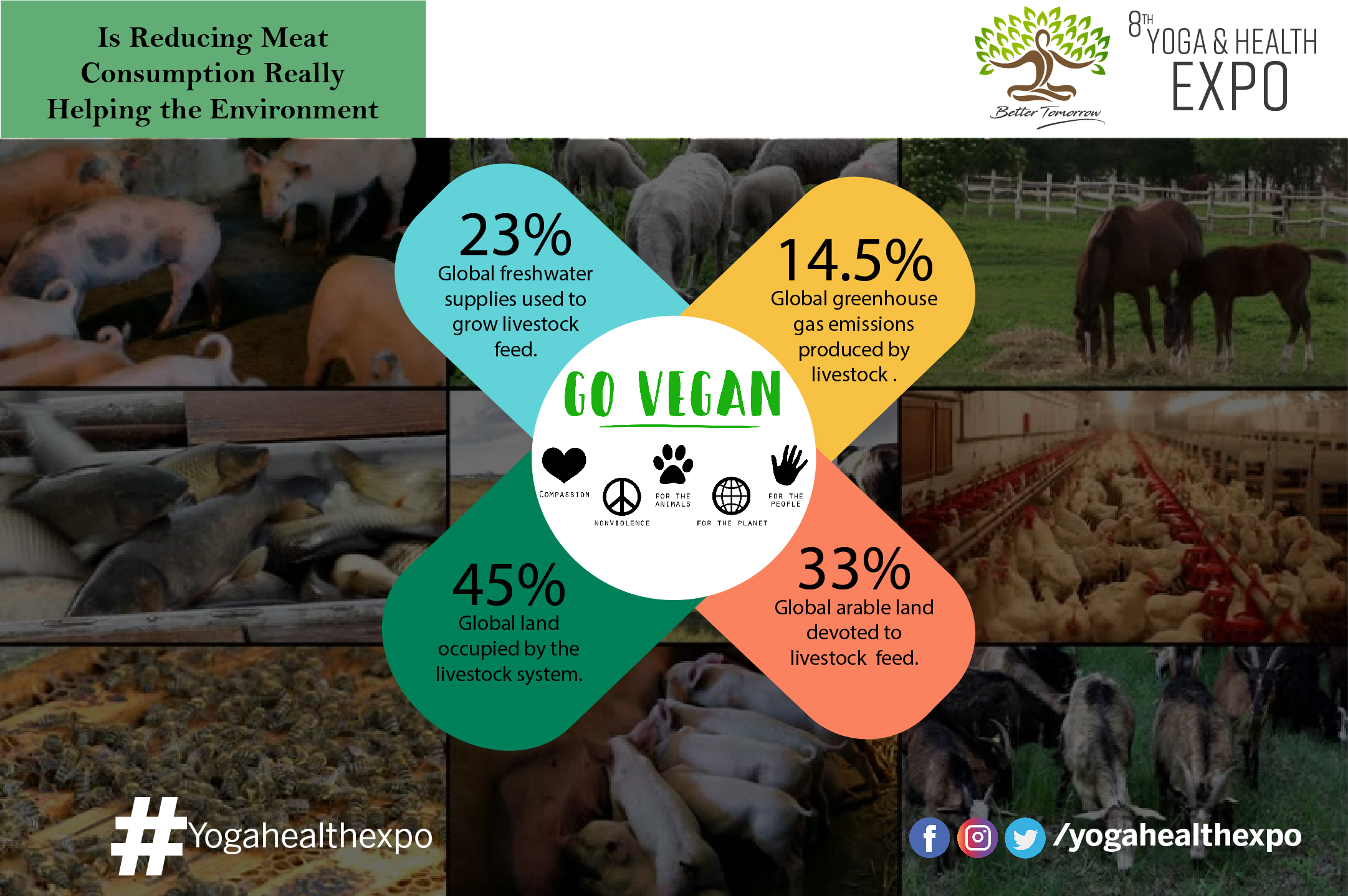5 Yogic Secrets For A Long and Healthy Life
A Sanskrit proverb says, “For breath is life, and if you breathe well, you will live long on earth.” When you live in a world where the hustle seldom is on pause, it isn’t far-fetched to say your health deteriorates quicker. This is why it is important to find wisdom…
